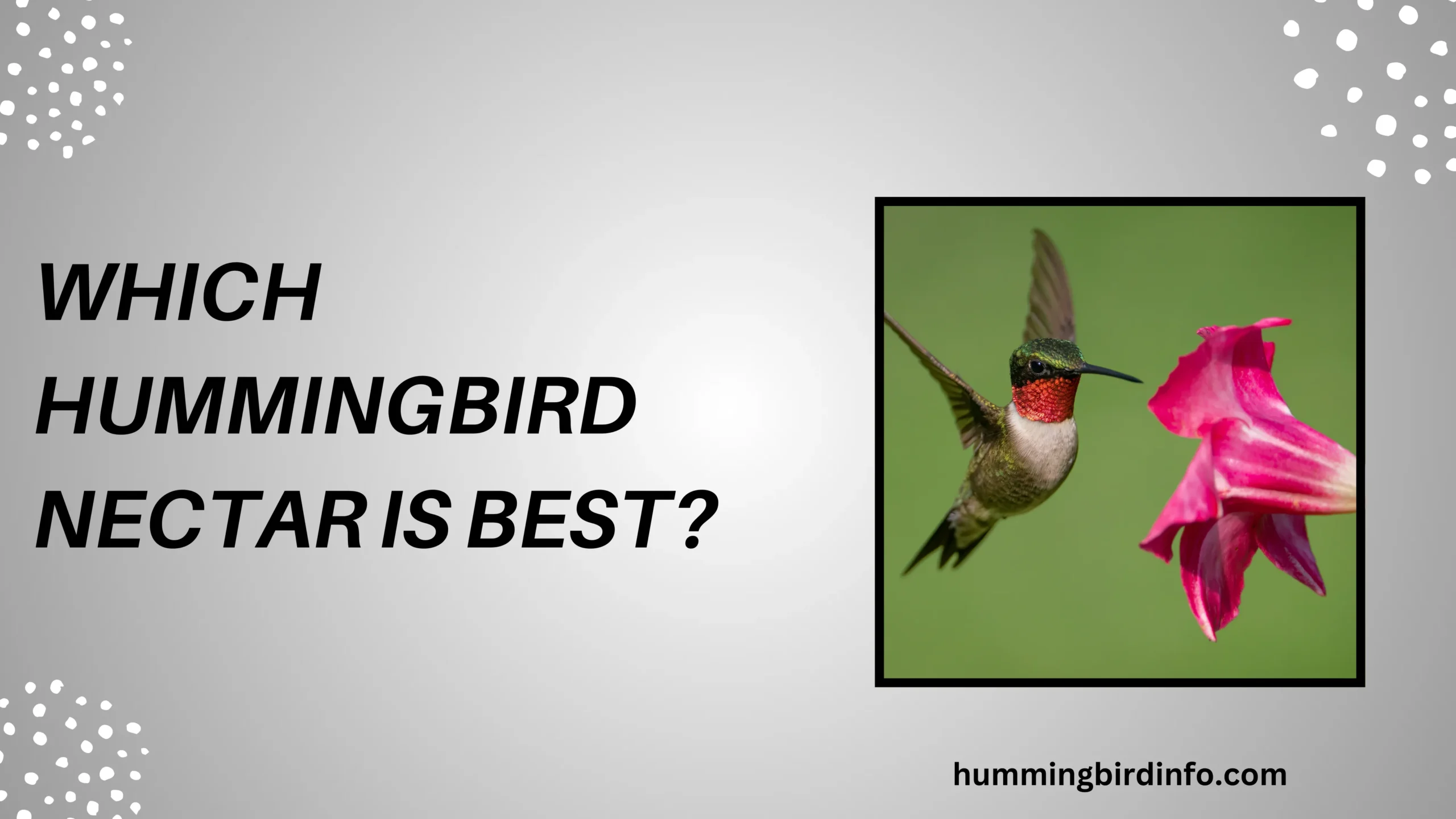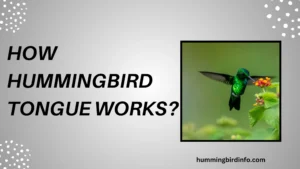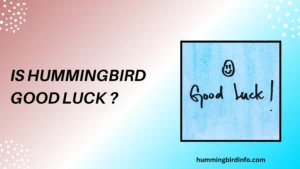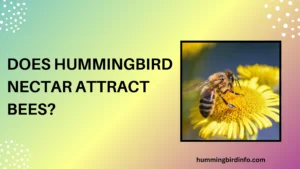A hummingbird hovers at your backyard feeder, wings a blur, tongue darting in and out of the sweet solution you’ve provided. It’s a beautiful moment—but have you ever stopped to wonder: is this the best thing you can offer these tiny, high-speed visitors?
Not all nectar is created equal, and what you put in that feeder can mean the difference between health and harm for your feathered guest.
Many people assume that any red-colored liquid labeled “hummingbird nectar” is good enough. But the truth is, hummingbirds rely on a delicate balance of nutrients to support their high-energy lifestyle.
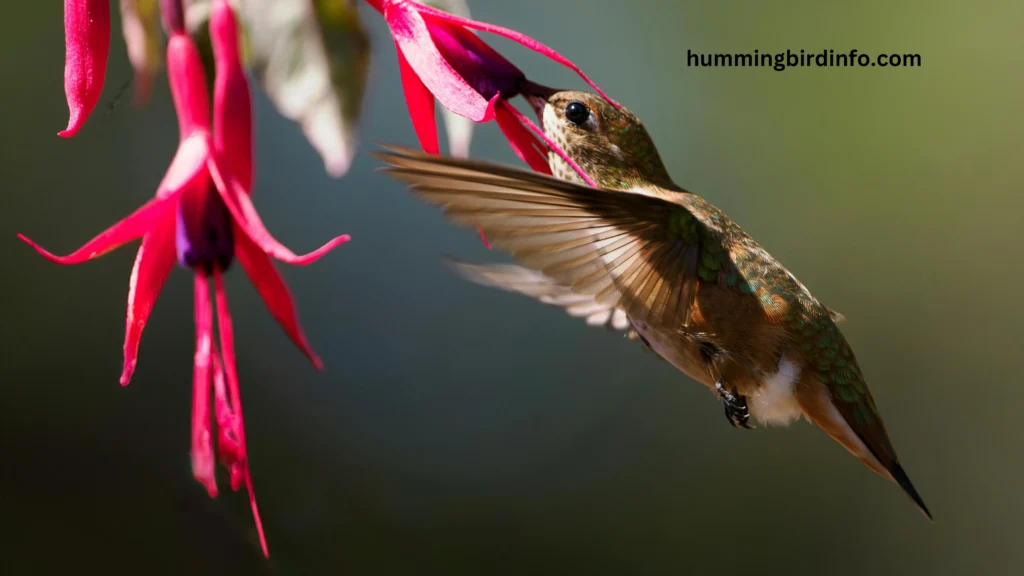
With metabolisms that rival jet engines and daily feeding routines that span hundreds of flowers, these birds need clean, safe, and natural energy sources—not additives, dyes, or harmful sweeteners.
In this guide, we’ll unpack what hummingbird nectar really should be, explore the dangers of common myths, and show you how to provide a nectar solution that’s not only attractive but nutritionally appropriate and safe.
Whether you’re a longtime feeder or just getting started, knowing the best nectar to use can deepen your connection to these magical creatures—and possibly save their lives.
Contents
- 1 The Gold Standard – Sugar and Water
- 2 The Red Dye Controversy – What You Need to Know
- 3 Homemade vs. Commercial Nectar – Making the Right Choice
- 4 Beyond Sugar – Do Hummingbirds Need More?
- 5 Best Feeding Practices – Keeping Feeders Safe and Effective
- 6 Conclusion:
- 7 FAQs:
- 8 1. Can I use honey in hummingbird nectar?
- 9 2. Is red dye safe in hummingbird feeders?
- 10 3. What’s the best sugar to use?
- 11 4. How often should I change nectar?
- 12 5. Are commercial nectars safe?
- 13 6. Should I boil the water when making nectar?
The Gold Standard – Sugar and Water
Natural nectar from flowers is mostly sucrose dissolved in water—exactly what hummingbirds are built to digest. The goal with any artificial nectar is to mimic this simplicity as closely as possible.
The ideal ratio is 1 part refined white sugar to 4 parts clean water. This gives the birds enough energy without harming their kidneys or causing dehydration, which stronger mixtures can do.
Always use refined white sugar only. Brown, raw, or powdered sugars contain minerals or starches that hummingbirds can’t process. Honey ferments easily and can grow deadly fungi, while artificial sweeteners offer no real nourishment and may be toxic over time.
The Red Dye Controversy – What You Need to Know
It’s a common belief that hummingbirds need red dye in their nectar. In reality, these birds are already drawn to red by nature—and brightly colored feeders work just fine without any dye in the liquid.
Artificial dyes, especially Red Dye #40, have been linked to liver and reproductive issues in lab animals and are not part of a natural diet. Hummingbirds benefit zero from the dye, and it may do more harm than good.
Organizations like The Audubon Society and American Bird Conservancy recommend avoiding dyed nectar. Choose a red feeder instead and keep the nectar clear and simple.
Homemade vs. Commercial Nectar – Making the Right Choice
A homemade mix of sugar and water is not only safer, it’s also much cheaper and takes less than five minutes to prepare. Plus, you’re in control of what goes in.
Many commercial nectars contain preservatives, red dyes, and “flavors” that don’t add value and may harm the birds. Even products marked “natural” can be misleading or overly processed.
If you do use a commercial nectar concentrate, make sure to dilute it properly to maintain the 1:4 ratio. But whenever possible, go with the homemade version—it’s the safest bet.
Beyond Sugar – Do Hummingbirds Need More?
Sugar water gives hummingbirds the carbs they need for flying—but it’s not the full picture. Insects and spiders provide protein, fat, and vital micronutrients they can’t get from nectar alone.
That’s why even the best nectar is a supplement, not a full diet. Feeders help during migration, nesting, or flower shortages, but shouldn’t replace wild feeding sources.
Some commercial nectars claim to offer a “complete formula,” but most of these additives lack scientific backing and may be poorly digested. Real nutrition still comes from natural insect prey.
Best Feeding Practices – Keeping Feeders Safe and Effective
A dirty feeder is a breeding ground for mold and bacteria. Clean with hot water and a brush every 1–2 days in warm weather, and at least weekly when it’s cooler.
Change nectar frequently—don’t wait for it to look cloudy. Freshness is crucial to prevent fermentation and illness.
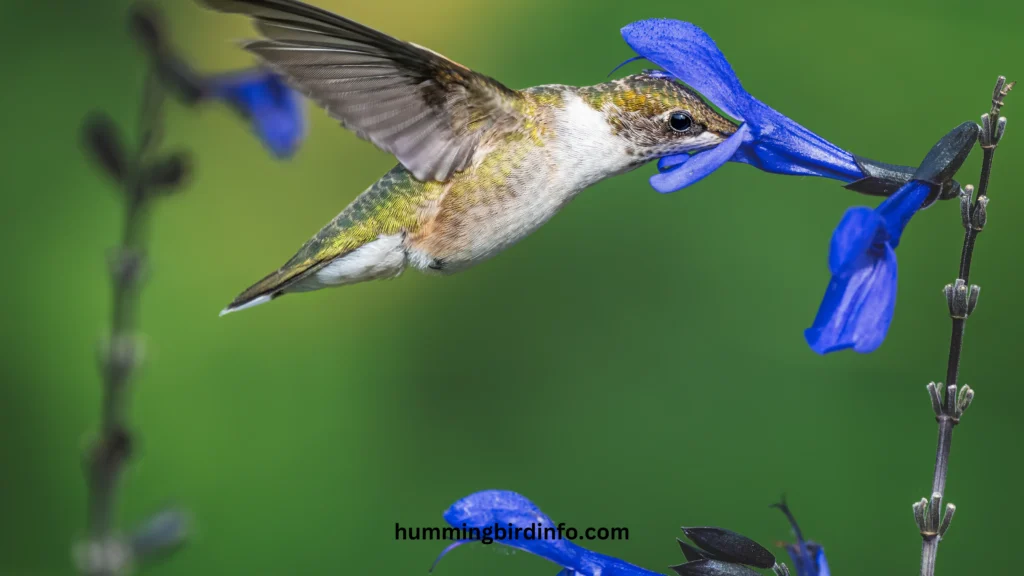
Place feeders in the shade to keep nectar cooler and reduce spoilage. Use ant moats and bee guards to keep pests away, and watch for signs of sick birds so you can act quickly if needed.
Conclusion:
The best nectar you can offer hummingbirds is simple, safe, and natural: just 1 part refined white sugar to 4 parts water. It’s the closest thing to real flower nectar and keeps birds healthy.
Avoid dyes, honey, and artificial additives. They aren’t just unnecessary—they can be dangerous. Clean feeders and fresh nectar are your biggest tools for supporting hummingbird health.
By feeding them right, you’ll enjoy the joyful flutter of these tiny birds knowing you’re also protecting their well-being. The best care starts with the right nectar—and your attention to detail.
FAQs:
1. Can I use honey in hummingbird nectar?
No. Honey ferments easily and grows harmful fungi that can be fatal to hummingbirds.
2. Is red dye safe in hummingbird feeders?
No. Red dye has no benefits and may be toxic over time. Use red-colored feeders instead.
3. What’s the best sugar to use?
Always use refined white sugar. Other sugars have impurities that can hurt hummingbirds.
4. How often should I change nectar?
Every 1-2 days in hot weather, and every 3-5 days when cooler—even if it looks clear.
5. Are commercial nectars safe?
Some are safe, especially dye-free ones, but homemade nectar is usually healthier and cheaper.
6. Should I boil the water when making nectar?
It’s optional. Boiling can help dissolve sugar faster, but isn’t needed if using clean water.

